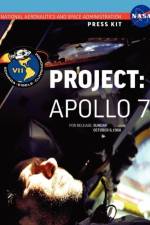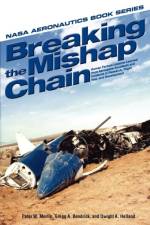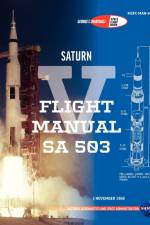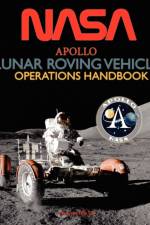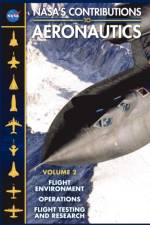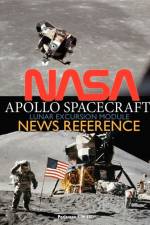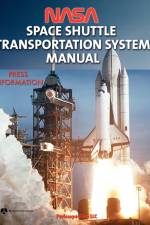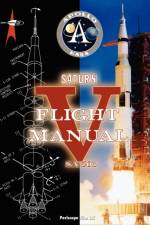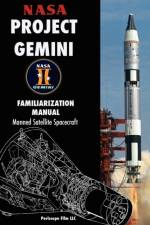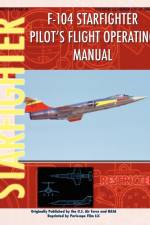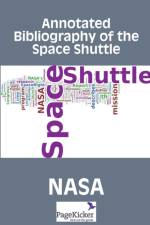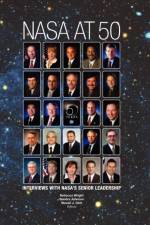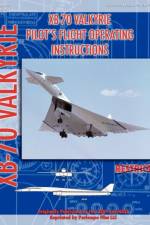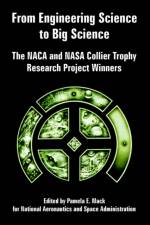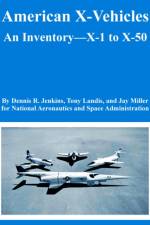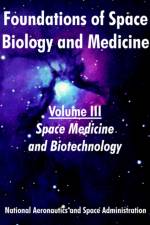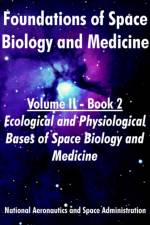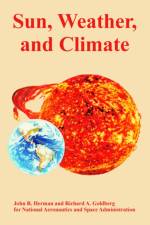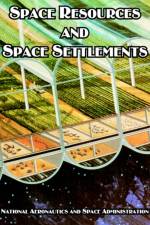von NASA
38,00 €
CONTENTSPREFACELIST OF PARTICIPANTSRESEARCH NEEDS FOR REGENERATIVE LIFE-SUPPORT SYSTEMS1. Systems Engineering Overview for Regenerative Life-Support Systems Applicable to Space HabitatsJack Spurlock and Michael Modell2. Research Planning Criteria for Regenerative Life-Support Systems Applicable to Space HabitatsJack Spurlock, William Cooper, Paul Deal, Annita Harlan, Marcus Karel, Michael Modell, Paul Moe, John Phillips, David Putnam, Philip Quattrone, C. David Raper, Jr., Elliot Swan, Frieda Taub, Judith Thomas, Christine Wilson, and Ben ZeitmanHABITAT DESIGN1. Effect of Environmental Parameters on Habitat Structural Weight and CostEdward Bock, Fred Lambrou, Jr., and Michael Simon2. Habitat and Logistic Support Requirements for the Initiation of a Space Manufacturing EnterpriseJ. Peter Vajk, Joseph H. Engel, and John A. ShettlerDYNAMICS AND DESIGN OF ELECTROMAGNETIC MASS DRIVERS1. Mass Drivers I: Electrical DesignWilliam H. Arnold, Stuart Bowen, Kevin Fine, David Kaplan, Margaret Kolm, Henry Kolm, Johathan Newman, Gerard K. O'Neill, and William R. Snow2. Mass Drivers II: Structural DynamicsWilliam H. Arnold, Stuart Bowen, Kevin Fine, David Kaplan, Margaret Kolm, Henry Kolm, Jonathan Newman, Gerard K. O'Neill, and William R. Snow3. Mass Drivers III: EngineeringWilliam H. Arnold, Stuart Bowen, Steve Cohen, David Kaplan, Kevin Fine, Margaret Kolm, Henry Kolm, Jonathan Newman, Gerard K. O'Neill, and William R. SnowASTEROIDS AS RESOURCES FOR SPACE MANUFACTURING1. Round-Trip Missions to Low-Delta-V Asteroids and Implications for Material RetrievalDavid F. Bender, R. Scott Dunbar, and David J. Ross2. Retrieval of Asteroidal MaterialsBrian O'Leary, Michael J. Gaffey, David J. Ross, and Robert Salkeld3. An Assessment of Near-Earth Asteroid ResourcesMichael J. Gaffey, Eleanor F. Helin, and Brian O'LearyPROCESSING OF NONTERRESTRIAL MATERIALS1. The Initial Lunar Supply BaseDavid R. Criswell2. Extraterrestrial Fiberglass Production Using Solar EnergyDarwin Ho and Leon E. Sobon3. Lunar Building Materials-Some Considerations on the Use of Inorganic PolymersStuart M. Lee4. A Geologic Assessment of Potential Lunar OresDavid S. McKay and Richard J. Williams5. Extraction Processes for the Production of Aluminum, Titanium, Iron, Magnesium, and Oxygen and Nonterrestrial SourcesD. Bhogeswara Rao, U. V. Choudary, T. E. Erstfeld, R. J. Williams, and Y. A. Chang6. Mining and Beneficiation of Lunar OresRichard J. Williams, David S. McKay, David Giles, and Theodore E. Bunch

